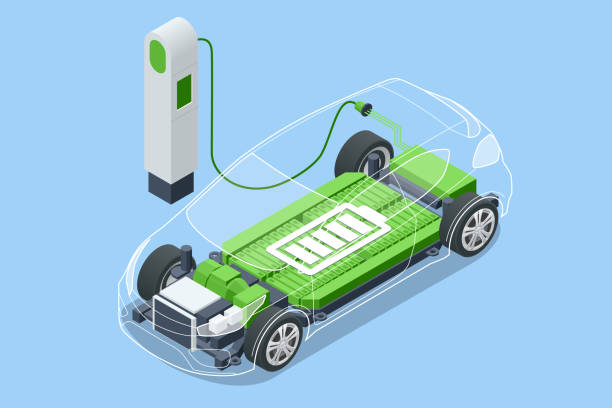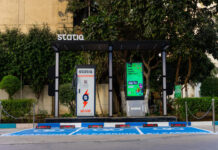US EV battery recycling plants are all set to recycle 1.3 million units annually. More recycling plants are funded by the government leading to a whopping increase in the recycling capacity in the US by 2030.
According to the ABI research, only 341,000 batteries will be accessible for recycling by 2030. It is the need of the hour for eco-friendly, renewable, and sustainable energy storage devices. Vanadium Redox Flow Batteries are rechargeable, long-lasting, and can operate at high temperatures. These batteries offer a reliable and flexible energy storage solution for power generation and storage. With continuous advancements in the battery shelf life and storage capacity, fewer batteries will be available for recycling in the upcoming decade. As the batteries produced in recent years, will still be on the road – operating, there will be an expected scarcity in the input supply for recycling.
The Consegic Business Intelligence report claims a growth of 5.7% CAGR from 2023 to 2030, in next-generation batteries. Even with the increasing demand for batteries, there is an adequate number of recycling plants. The recycling capacity is estimated to reach over 652,293 tons of minerals annually from 105,150 tons of minerals in 2022. One-third of the recycling units are from dead EV batteries, and the other comes from factory defects or scrap. Factory defects are the batteries that do not pass the quality control test and are directly sent for recycling. These batteries are of no use for industrial or household purposes and have a risk of explosion or fire. Still, the minerals in these batteries can be recycled to produce new batteries.
With the shortage in the input supply, the competition between recyclers of EV batteries is expected to rise in the next decade. Recyclers with better recycling techniques have a leading edge in the upcoming decade. Recycling techniques that are highly efficient and require less capital are a clear winner.
Batteries if not disposed properly or recycled, have a high risk of bursting. Moreover, batteries exposed to the environment can contaminate land, and water because of the harmful minerals and electrolytes present in the batteries like lead. Such batteries, also cause the loss of valuable minerals like nickel, and cobalt which can be used to produce more batteries and are not available readily in the earth’s crust.
Although the capacity to recycle batteries surpasses the input supply for this decade, it is a tedious yet important task to track every single one of the batteries ever produced and recycle it for a better environment!














